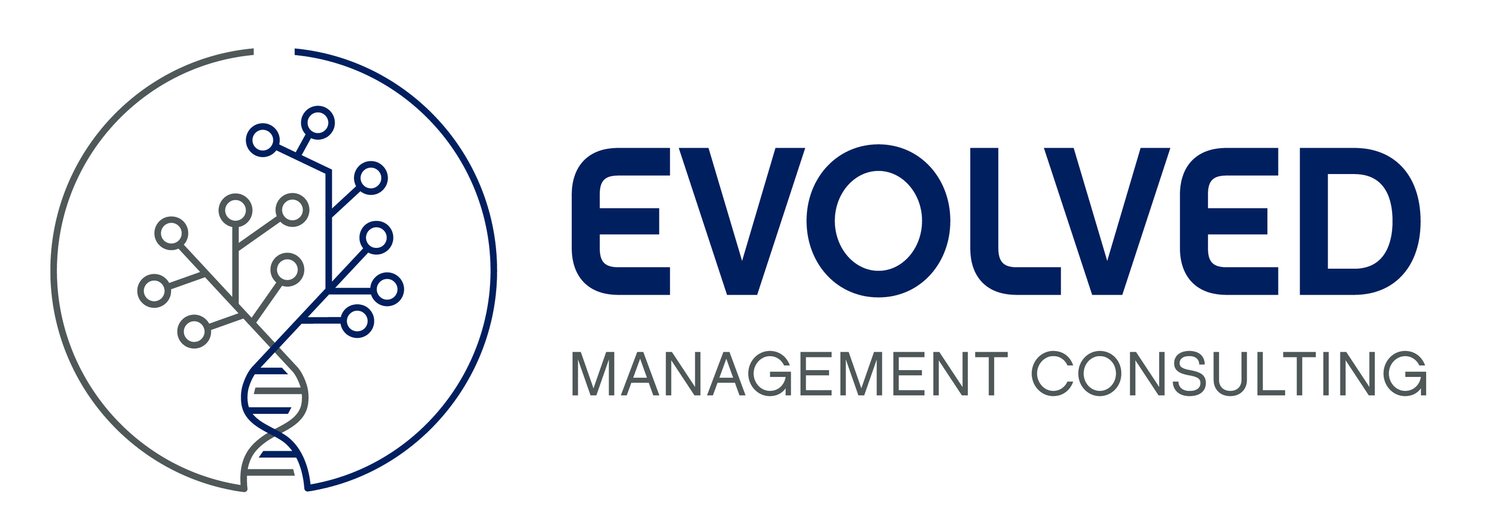Control employee turnover to save money
Turnover happens. It also costs a business a lot of money. There is no way to eliminate it, but minimizing its impact is critical.
Cost Insights
Turnover is leeching your business of money. The average cost to replace an employee is 20% of their salary. However, recent studies indicate that the total cost of turnover can range from 30% to 150% of an employee's salary, depending on their role and the complexity of the position. The costs are easy to add up but often overlooked. You need to cover the work left from that staff member, recruit candidates, interview candidates, and train the new hire. Moreover, high turnover can disrupt team dynamics and lead to decreased productivity. If the exits are not managed properly, there can be significant damage to workforce morale. Perhaps the person leaving was well-liked and influential with the other staff. Often, the extra work leaves the remaining staff stretched while a new hire is sourced and brought up to speed. Typically, organizations should see an annual turnover rate of 5-10%. So, if an organization employed 80 people with an average salary of $70K and their turnover rate was 20%, that would equal $224,000 per year. Lowering that turnover rate to the high end of the industry average (10%) would save the organization $112,000 a year.
Stop the Bleeding
There is an expression that people do not quit companies; they quit managers. So, the first line of defense in retaining your workforce is to ensure your managers are leading the team effectively. Research shows that organizations with strong management practices see 50% lower turnover rates. To the staff, management IS the company. Without a healthy relationship between the workforce and management, the company will suffer lost productivity, low morale, and ultimately high turnover. Investing in management training can equip leaders with the skills they need to motivate and engage their teams effectively.
Understand the Staff
Not every person in the organization can be motivated by the same things. Therefore, it is critical to understand each staff member. This can be achieved through regular one-on-one check-ins, employee surveys, and personality assessments. Really understand them: what makes them tick, what gets them excited, both professionally as well as personally. Tailoring management style and messaging to the individual can have a dramatic effect on how that message is received. Consider implementing personalized development plans that align individual aspirations with organizational goals.
Set a Clear Vision
Define the vision and communicate it at every opportunity. Incorporate this vision into the onboarding process for new employees to ensure alignment from day one. If your staff is unsure of what the goals are, they are unlikely to understand how their contribution matters. A clear vision is a fundamental building block to employee engagement. Regularly revisiting the vision and encouraging feedback can foster a sense of ownership and involvement among employees.
Measure, Monitor, and Review
Don't wait until next year to determine if the approach you are taking is succeeding. Soliciting feedback from management and staff on a regular basis is important to gauge your progress. Setting target goals gives you something to measure against and adjust course where necessary. Utilizing data analytics tools can enhance your ability to track turnover trends and identify areas for improvement. When you do lose staff, conduct an exit interview; perhaps there are some valuable insights from the people that have chosen to leave. This data can inform your retention strategies and help to create a more supportive workplace culture.






